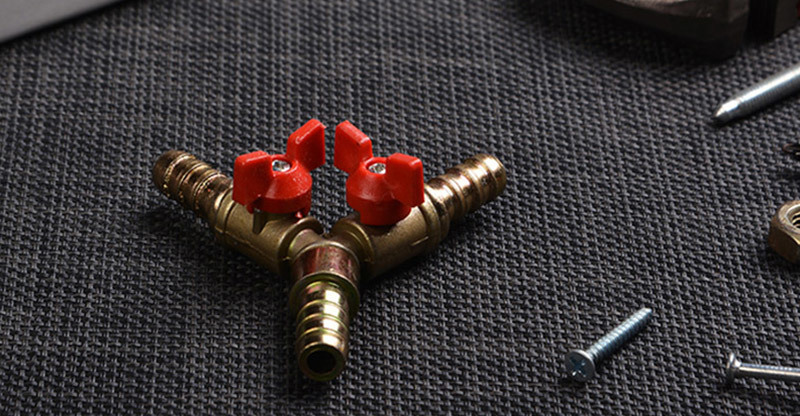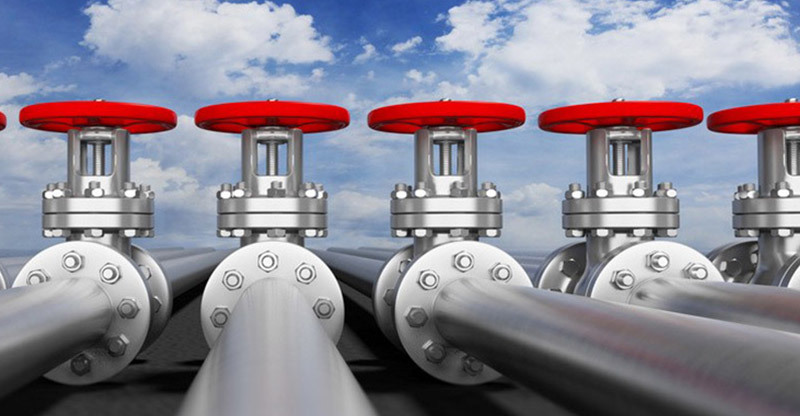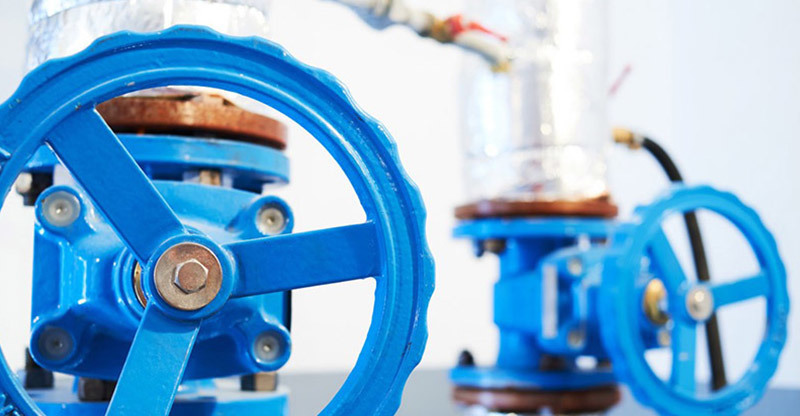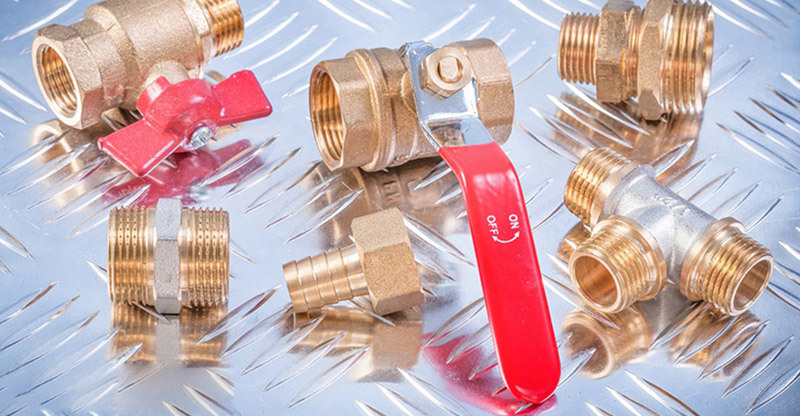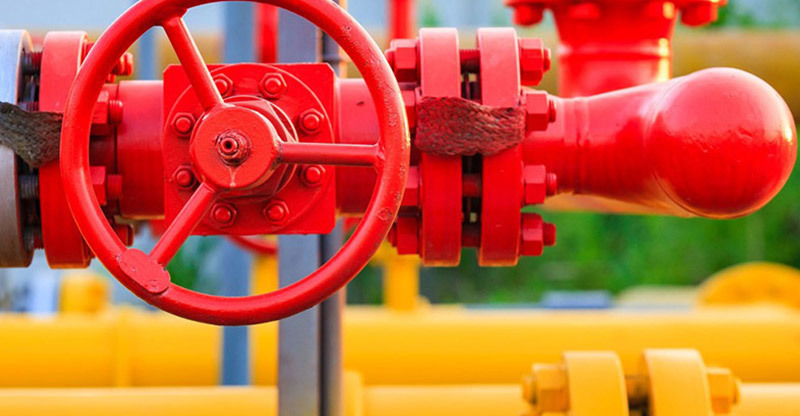What is the difference between globe valve and gate valve?
The valve is a control component in the fluid delivery system, with the functions of cut-off, regulation, diversion, prevention of backflow, pressure stabilization, diversion or overflow pressure relief. Valves for fluid control systems, from simple cut-off valves to extremely complex automatic control systems used in a variety of valves, its varieties and specifications are quite numerous.
China's valve industry has become a must for many industries in the production process
With the progress and development of science and technology, the speed of social and economic development continues to increase, and competition in various industries is becoming increasingly fierce. After decades of development, China's valve industry has made great progress in product development, performance, quality, reliability, and service. The valve industry is also developing in the direction of high automation, intelligence, multi-function, high efficiency and low consumption, and has become a necessary part of the production process of many industries.
Energy-saving regulating valve Low energy consumption Development direction
Energy saving to reduce energy consumption, improve energy efficiency is a development direction of the control valve. There are mainly the following development directions. 1. The use of low pressure drop ratio of the control valve. The proportion of the control valve in the entire system pressure drop is reduced, thereby reducing energy consumption. Therefore, the design of low pressure drop ratio of the control valve is one of the development directions, and the other development direction is the use of low impedance control valve. For example, a butterfly valve, an eccentric rotary valve, and the like are used. 2, the use of self-regulating valve: for example, the direct use of the pressure of the medium after the valve to form a self-control system, with the energy of the controlled medium to achieve pressure control after the valve. 3, the use of electric actuator control valve. Pneumatic actuators need to have a certain pressure during the operation of the entire control valve. Although small consumption amplifiers can be used, the gas consumption is still huge over time. The use of electric actuators, when changing the opening of the regulating valve, power supply is required, and power supply can no longer be supplied when the required opening is reached. Therefore, from the perspective of energy saving, electric actuators have obvious energy-saving advantages over pneumatic actuators.
Electric control valve how to control the various factors of the pipeline medium
Electric control valve is to use the power source to drive the electric actuator and then drive the valve to throttle, it is an important implementation unit instrument in industrial automation process control. With the increasing degree of automation in the industrial field, it is being used more and more in various industrial production fields. Compared with the traditional pressure regulating valve series, the electric regulating valve has obvious advantages: the electric single-seat regulating valve is energy-saving, environmentally friendly, and the installation is more quick and convenient. The electric control valve drives the differential pressure control valve series by receiving the signal from the industrial automation control system to change the cross-sectional area between the valve core and the valve seat to control the flow, temperature, pressure and other process parameters of the pipeline medium to realize the automatic adjustment function.
Manual valve in use need to pay attention to the problem
Manual valve is the control component in the pipeline fluid transportation system. It is used to change the passage section and the flow direction of the medium, and has the functions of diversion, cut-off, regulation, throttling, check, diversion or overflow pressure relief. Valves for fluid control, with nominal diameters ranging from extremely small instrument valves to valves for industrial pipelines up to 10m in diameter. 1. manual valve opening and closing: 1. The manual valve is the most widely used valve. Its handwheel or handle is designed according to ordinary manpower, taking into account the strength of the sealing surface and the necessary closing force. Therefore, you cannot use a long lever or a long spindler to move the plate. Some people are accustomed to using spindles, and they should be strictly careful not to use too much force, otherwise it is easy to damage the sealing surface, or the board breaks the handwheel and handle.


